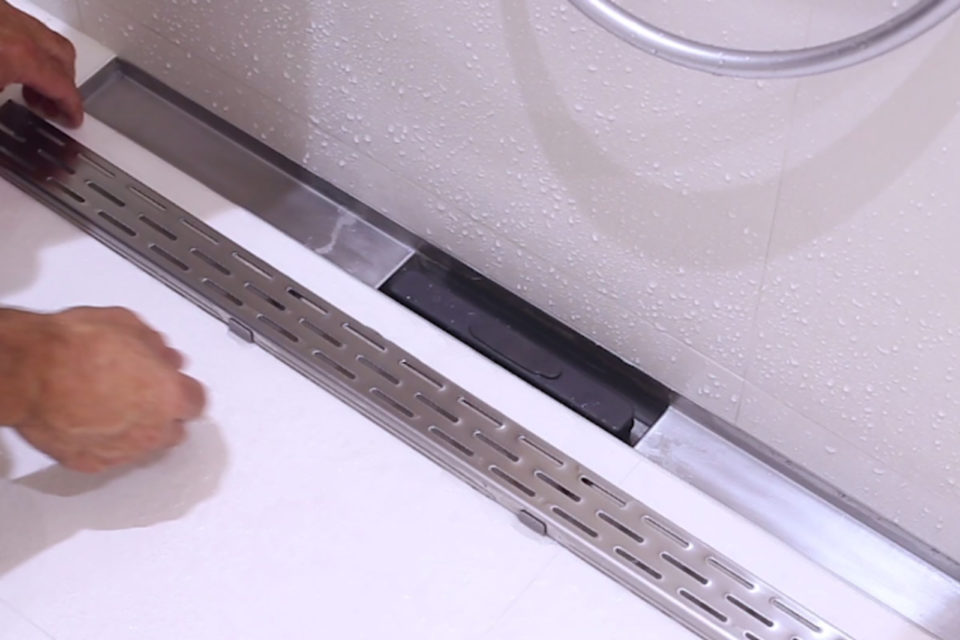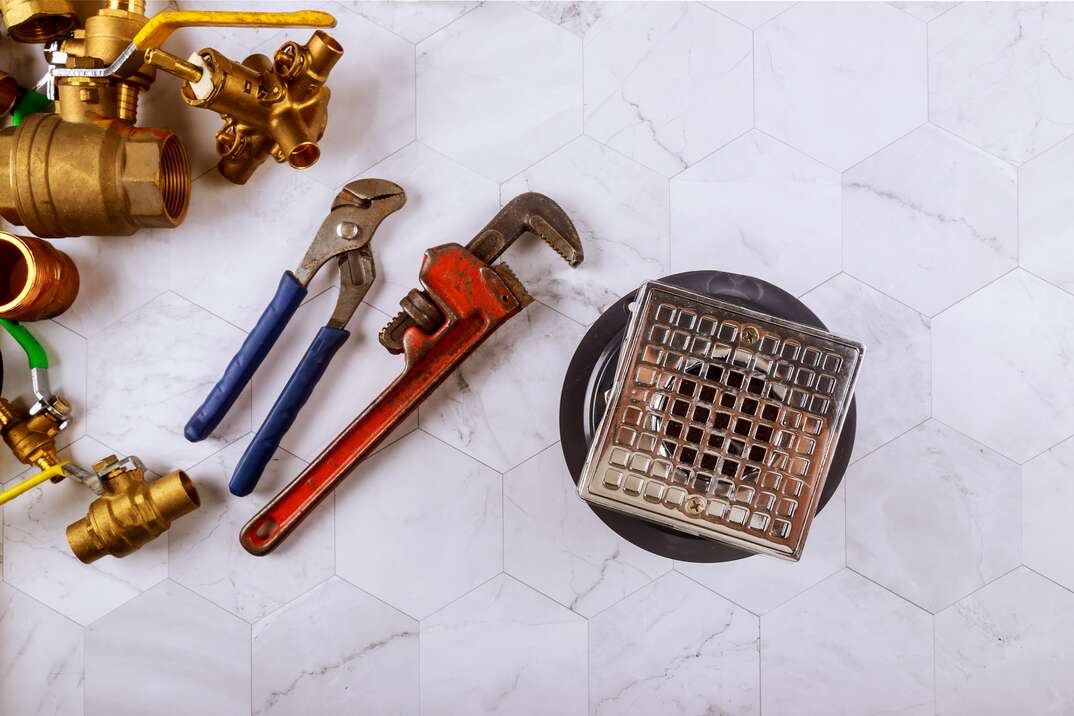Getting Hands-On-Rolling Up Your Sleeves-Digging In with Your Own-DIY-Personal Shower Drain-Bathroom Drain-Drainage System Installation-Setup-Project
Getting Hands-On-Rolling Up Your Sleeves-Digging In with Your Own-DIY-Personal Shower Drain-Bathroom Drain-Drainage System Installation-Setup-Project
Blog Article
They are making several good points on the subject of How to Install a Shower Drain in a Basement in general in this post which follows.

Updating a bathroom is among the a lot more popular house enhancement tasks. Handling the plumbing for draining your shower can be extremely straightforward unless you go overboard.
Managing Your Own Shower Drain Installation Task
Whether you are a bathtub or shower person, lots of people look for shower only choices when acquiring a house. This basic reality means more than a few house owners invest a weekend break upgrading or installing showers in their restrooms. Luckily for you, it is a rather simple process.
A collection agency or frying pan describes the straight surface area located at the bottom of the shower. The collection agency usually consists of a non-slip surface somewhat banked towards the facility or anywhere the drainpipe lies. Incorporated with three to four inch walls around the side, the goal of your shower drain plumbing is to get the water to stream to as well as down the tubes.
You can literally construct an enthusiast for your brand-new shower, yet you actually require to think of it. Do you actually intend to get involved in the complications of obtaining the sloping proper, not to mention seeing to it every facet of it is water-proof? And also I indicate every aspect! It is much easier to simply acquire a pre-cast enthusiast online or at your regional Lowes, House Depot or hardware store. Building one could seem like an excellent idea, yet you will possibly really feel in a different way after a couple of hrs.
No matter exactly how you tackle getting a pan, you should strive to utilize one that has the drain situated in the same place as the initial pan. Moving the drainpipe pipes can be a task, specifically if the home builder used an unique framework framework. If you are identified to relocate the drain, you are going to need to cut down the pipeline or extend it, which may suggest ripping up large portions of the floor. Put another way, you are mosting likely to be checking out a multiple weekend break project.
Thinking we have our drain aligned, the actual attach is fairly straightforward. The drain pipeline must be facing vertical approximately the collector. It will certainly typically look like a "U", which indicates it acts as a cleanout to maintain unpleasant smells from returning up from the drain. To attach the drain, you are mosting likely to create a water limited connection in between a drain cap on the top of the frying pan and the drain pipe. Equipments vary, yet you are usually mosting likely to do this by placing a coupling item on the top of the drain pipeline. This is then covered with gaskets and also literally screwed right into the drain cap. The drainpipe cap should function as a locknut, to wit, it screws directly onto the coupling.
The complicated part of this process is getting your drainpipe cap to suit a watertight placement in the pan. This is achieved by withdrawing the drainpipe cap once you make sure every little thing meshes. At that point, you put plumbers putty around the underside of the cap and after that screw it back on. The putty should develop a limited seal in between the cap and also the shower pan, which keeps water from dripping under it and also into the framing under the shower.
Obviously, shower room showers come in a wide array of designs nowadays. If you purchase an enthusiast, they almost always included plumbing directions or the shop can keep in mind anything uncommon you should understand. It seems complicated, however is commonly rather straight forward. Have fun!
Tips for Installing a Shower Drain Assembly
Renovating a bathroom can be exciting as well as fulfilling if you’re tackling the job DIY-style. After you cross off the bigger decisions such as tile style, paint colors, and fixtures, you’ll need to finalize smaller details – such as the shower drain. In this article, we’re sharing some tips for selecting and installing the right drain assembly for your updated shower.
What is a shower drain assembly?
Shower bases or pans typically only come with a pre-drilled drain hole. Since the pan slopes toward the drain, you should consider the placement – left, center, or right – when designing your shower. You’ll need to purchase and install a shower drain assembly that connects the shower pan to the drain pipe underneath the shower. There are a few types of assemblies, which will be covered below.
Size of a shower drain
When it comes to installing drains, size matters. The recommended pipe size for a shower drain is 2 inches, whereas most tubs use 1.5-inch pipes. Why the difference?
Shower pans are shallower than tubs, so there’s a higher risk for overflow. So, the larger pipe allows for quicker draining. If you are replacing an old tub with a newer stand-up shower, you will need to make additional plumbing adjustments to accommodate the 2-inch pipe.
Types of shower drain assemblies
There are three common types of shower drain assemblies: compression shower drain, solvent-glue shower drain, and tile shower drain. The layout, design, and materials of your shower can determine which type of shower drain assembly will work best.
Compression shower drain
This type of assembly attaches to the drain pipe with compression washers and nuts. The drain fitting is typically installed into the base, and then the base is installed into the bathroom floor. This makes compression-style drains easier to install than other options, particularly if you don’t have easy access from the floor under the shower base. Drains are available in a wide range of materials such as PVC (polyvinyl chloride), ABS (Acrylonitrile Butadiene Styrene), and brass, and can be used for acrylic, fiberglass, and steel shower bases.
Solvent-glued shower drain
Made of either polyvinyl or ABS, this type of shower drain is sealed to the drain pipe with solvent glue and silicone. Since you’ll be working underneath the drain pan, we only recommend using this type of drain if you have access under the shower, such as from a basement or crawlspace. It’s also important that you match the type of plastic of the drain with the drainpipe. If you take these precautions, you can install a solvent-glued drain assembly with acrylic, fiberglass, and steel shower bases.
Tile shower drain –
Drain assemblies for custom tile showers feature a waterproof membrane liner placed between two flanges. The tile is installed on top of the liner, collecting any water that seeps through the porous grout. A metal strainer is installed in line with the tile over the drain.
https://www.epshawaii.com/blog/tips-for-installing-a-shower-drain-assembly/

Do you really like reading about How to Install a Shower Drain? Post feedback directly below. We would be pleased to see your insights about this page. In hopes to see you back again later on. For those who enjoyed reading our post plz be sure to pass it around. Thanks a lot for going through it.
Report this page